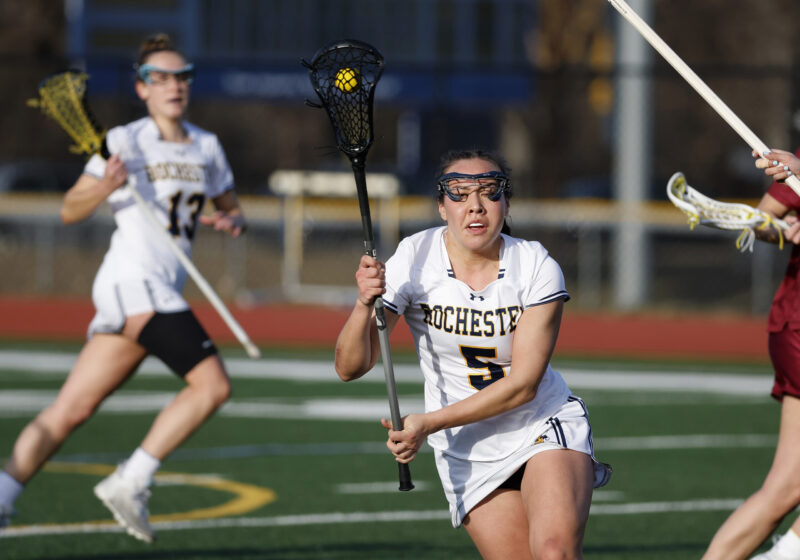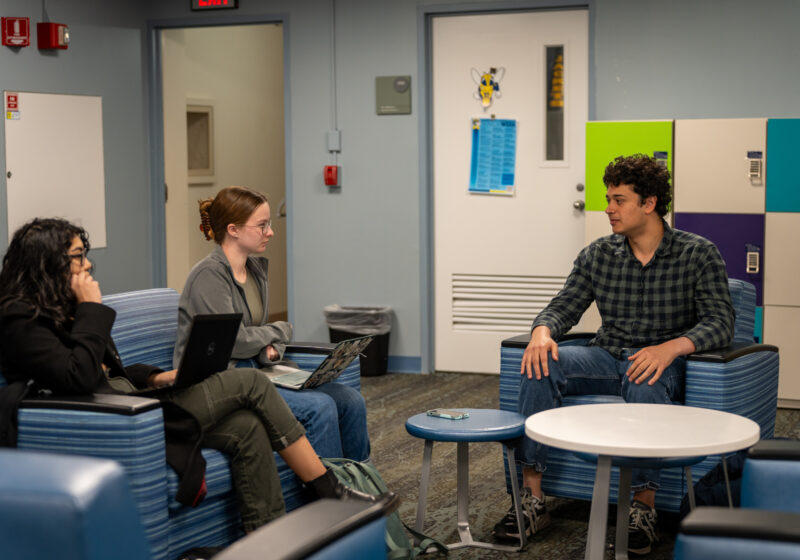“You’ve got to have a sense of Umor to enjoy this piece,” Itzhak Perlman quipped to the audience of his concert Sunday.
The play on words, which referenced a composer on the program, Umor, sums up the attitude and effect of the afternoon.
The only thing necessary to enjoy Sunday’s concert was a sense of humor, and perhaps a love for music-making at its highest.
Itzhak Perlman, the legendary violinist, humanitarian and character made his way to Rochester Sunday to give a concert and to accept the 2001 Inspiration Award from the Lifetime Assistance Foundation. In receiving this award, Perlman joined the estimable company of recent winners Harry Belafonte, Bob Dole, Mary Tyler Moore and Maya Angelou.
Established to honor people who have overcome seemingly impossible disabilities, the award could not have gone to a more worthy recipient.
Perlman was stricken with polio at the age of four and performs seated ? quite an accomplishment in itself as sitting hampers the natural rhythm that the body acquires while playing the violin. He only performs in the afternoons and seldom plans long concert programs as well.
Sunday afternoon’s recital program commemorated the 100th anniversary of the birth of Jascha Heifetz. Heifetz’s name is synonymous with the violin like Beethoven’s is to composition.
The pieces chosen were all favorites of Heifetz’s, and Perlman executed them with the veneration due to the former master and the characteristic flair of his own playing.
The afternoon opened with Vitali’s Chaconne ? a heavy theme followed by variations on that theme. Sounding as if the work could have been written as late as the early 20th century rather than during the Baroque period, the Chaconne’s painful melody cries out through a set of variations that concludes with the original melody returning despairingly over resounding chords.
The next works on the program were two sonatas ? one by Richard Strauss and another by Camille Saint-Sans. Containing deeper musical discussion points than the Chaconne, the only proper comment to make is that they were performed with grace and a large understanding of the music.
The last half an hour of the recital was dedicated to transcriptions done for violin by Heifetz. Perlman played everything from a popular song in its day, “Estrellita,” or “Little Star,” by Ponce to the flashy “Perpetual Motion” by Riece. He announced each piece ? a total of six ? from the stage, and made the audience chuckle at each pause by inserting comments like the one mentioned at the beginning of this article.
It was obvious that he was having a great time on stage casually conferring with his artistic collaborator, pianist Rohan De Silva, about which piece they should play around with next.
I had never seen Perlman live before, and I was so thrilled that I was able to do in such a breathtaking venue and for such a deserving cause.
An old Chinese proverb says, “The flower that blooms in adversity is the most rare and beautiful of all.” Perhaps this is the common thread that ties musical savants such as Perlman and Heifetz together ? their ability to overcome obstacles.
This strength, the same fortitude I saw in Perlman when he lifted himself up out of his chair, becomes a testament to their lives. Their art becomes that much more because of the determination it took them to achieve what they did.
Maybe we should stop venerating these artists for merely their art and start respecting them for lives that they lead when the curtain closes and the music stops.
Swanson can be reached at kswanson@campustimes.org.

